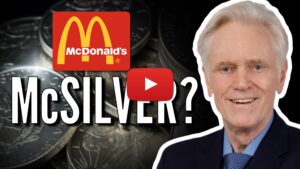As of July 2025, the U.S. economy is on solid footing: inflation has eased closer to—but remains above—the Fed’s 2% goal, and strong job gains mean interest rates stay steady. Trump-era tariffs have slightly reduced consumers’ purchasing power, but most sectors are holding up.
If key tariff disputes are settled by summer’s end, growth should continue uninterrupted, with only minor headwinds from tighter labor supply and small Medicaid spending cuts.
If tariff uncertainty drags into autumn, however, businesses may delay investment and hiring and consumers may pull back—pushing the economy into a mild recession about half as severe as a typical downturn.
In that case, the Fed would likely cut rates by around 100 bps (or up to 200 bps if uncertainty persists into 2026).



